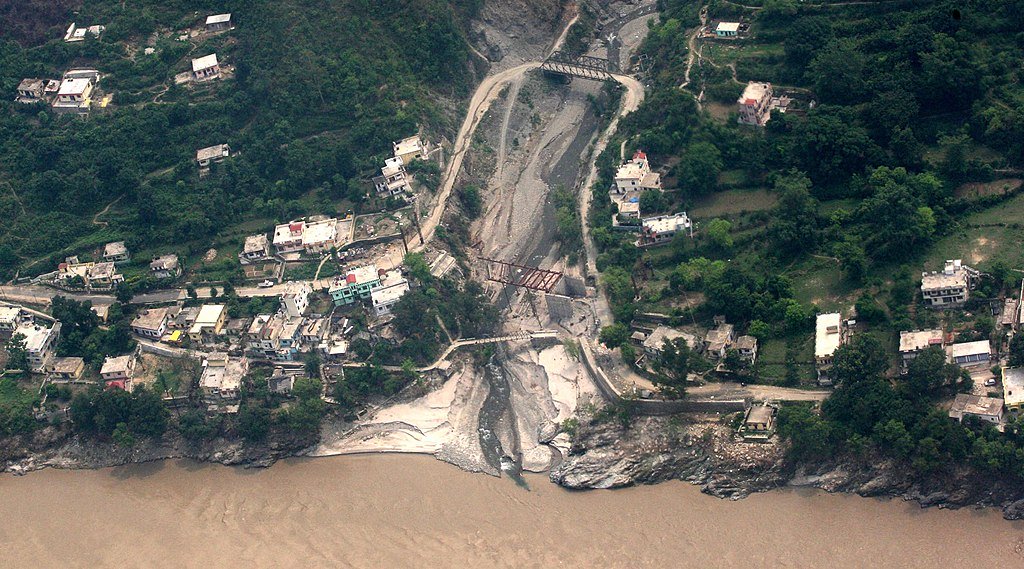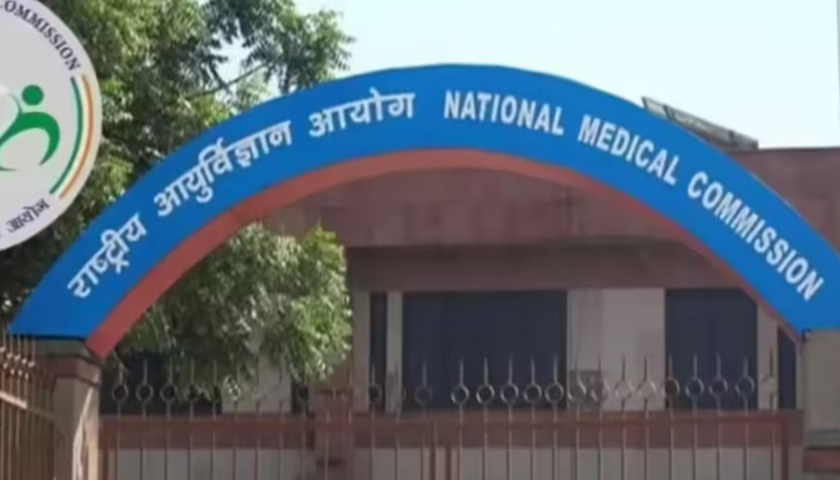GLOFs Endanger Key Projects Like Pakal Dul, Kiru, and Ratle—Experts Warn of Climate-Driven Infrastructure Collapse
A Collision of Dreams and Disasters
Jammu and Kashmir, with its mighty Himalayan rivers, has long been seen as India’s hydropower powerhouse. Projects like Kishanganga, Uri, and Salal have already lit up millions of homes, while mega-dams on the Chenab River—Pakal Dul, Kiru, Kwar, and Ratle— are under construction with an investment exceeding ₹22,000 crore.
But beneath this promise lies a fragile foundation. As glaciers retreat and unstable lakes form across high-altitude valleys, scientists warn of Glacial Lake Outburst Floods (GLOFs)—sudden, catastrophic bursts that could undo decades of progress in minutes.
The nightmare is not hypothetical. The 2021 Chamoli disaster in Uttarakhand—which killed 200 people and destroyed two hydropower projects—proved how vulnerable Himalayan infrastructure can be to climate-triggered floods. Now, experts say J&K is staring at a similar, if not greater, danger.
What’s at Risk? J&K’s Hydropower Portfolio
Hydropower is central to India’s renewable energy strategy, especially under the Paris Agreement commitments. J&K is crucial because of its river gradient and water availability.
Operational Projects:
-
Kishanganga (330 MW) – Bandipora, north Kashmir
-
Nimoo Bazgo (140 MW) – Leh, Ladakh
-
Salal (690 MW) – Reasi, Chenab Basin
-
Uri-I & II (1,200 MW combined) – Baramulla
Under Development (Chenab River projects):
-
Pakal Dul (1,000 MW) – Kishtwar
-
Kiru (624 MW) – Kishtwar
-
Kwar (540 MW) – Kishtwar
-
Ratle (850 MW) – Ramban/Kishtwar
Together, these projects are designed to power North India, strengthen J&K’s economy, and balance India’s water obligations with Pakistan under the Indus Waters Treaty.
But the GLOF Management Plan for Kishtwar (2024–25) identifies Padder, Dachhan, Marwah, Machail, and Warwan valleys as high-risk zones. These are the very catchments feeding the Chenab River projects.
What Exactly Are GLOFs?
A Glacial Lake Outburst Flood (GLOF) occurs when a dam of ice or loose debris (moraine) holding a glacier-fed lake suddenly fails, releasing millions of cubic meters of water downstream.
Key Triggers:
-
Climate change: Rising Himalayan temperatures accelerate glacier melt, expanding lakes.
-
Heavy rainfall: Cloudbursts can overload lake capacity.
-
Landslides or avalanches: Falling debris destabilizes lake walls.
-
Seismic activity: Earthquakes shake loose moraine dams.
In the narrow, fragile valleys of the Himalayas, GLOFs can cause:
-
Instant dam bursts
-
Destruction of villages, bridges, and tunnels
-
Sediment overloads that choke rivers
-
Collapse of hydropower dams and intakes
The devastation is usually sudden and unmanageable, leaving little time for evacuation.
The Chamoli Warning: A Disaster Too Close
On 7 February 2021, a portion of a glacier broke off in Chamoli, Uttarakhand. The resulting flood:
-
Swept away 200+ lives
-
Destroyed the Rishi Ganga hydropower project
-
Severely damaged the Tapovan Vishnugad project
Satellite images later confirmed that a glacial avalanche + GLOF triggered the disaster.
For experts, Chamoli is a blueprint of what J&K might face: densely packed valleys with multiple hydropower dams in cascade, vulnerable to a single upstream event.
Strategic Implications for India
1. Energy Security at Risk
The Chenab projects alone represent over 3,000 MW capacity. Losing them would set back India’s clean energy goals and increase reliance on coal-based power.
2. Indus Waters Treaty Balance
India is allowed to build run-of-river hydropower projects on the Chenab under the Indus Waters Treaty (1960). Any damage here weakens India’s leverage with Pakistan, which closely monitors every dam for compliance.
3. Economic Fallout
Each project costs ₹5,000–₹10,000 crore. Even partial damage could wipe out state finances and discourage private investors.
4. Humanitarian Consequences
Tens of thousands of people live downstream. A single GLOF could create instant refugee crises in districts like Kishtwar, Doda, and Ramban.
Science & Risk Mapping
Recent ISRO satellite studies identified over 400 glacial lakes in J&K and Ladakh, of which 120+ are potentially dangerous.
-
Mundiksar & Hangu lakes (Chenab basin) are expanding rapidly.
-
Machail & Marwah valleys show increased moraine dam instability.
-
Local rivers like Marusudar (tributary of Chenab) carry signs of frequent flash flooding.
Yet, monitoring remains patchy. Most hydropower developers rely on annual surveys, not real-time glacial monitoring.
What Can Be Done? Mitigation & Planning
Experts suggest a multi-layered defense strategy:
-
Early Warning Systems (EWS):
-
Install automated lake sensors and remote weather stations.
-
Link alerts with district disaster management cells.
-
-
Engineering Solutions:
-
Construct controlled drainage channels for risky lakes.
-
Reinforce hydropower intakes with sediment barriers.
-
-
Land Use Planning:
-
Ban construction in high-risk flood corridors.
-
Relocate vulnerable villages.
-
-
Policy Integration:
-
Make GLOF audits mandatory before new hydropower approvals.
-
Integrate climate models into energy planning.
-
Voices from the Ground
-
Local villagers in Padder fear hydropower will “bring more danger than jobs.”
-
Environmentalists argue that run-of-river dams are still too intrusive for the fragile Himalayas.
-
Hydropower companies defend projects, saying “India cannot afford to abandon Himalayan rivers” given energy needs.
The debate mirrors a larger global tension: can countries expand green energy without causing ecological red zones?
The Road Ahead: Balancing Energy & Ecology
J&K’s hydropower story is at a crossroads.
-
On one side: the promise of clean energy, jobs, and strategic leverage.
-
On the other: the specter of catastrophic GLOFs that could wipe away decades of investment in seconds.
The question is no longer whether hydropower is good or bad—but whether climate-smart hydropower is possible in the fragile Himalayas.
As one Srinagar-based planner put it:
“The Himalayas are no longer timeless mountains. They are melting, shifting, and shaking. We must build for the future, not the past.”
Bottom-Line
The threat of GLOFs in Jammu & Kashmir is not a distant fear—it is a present and growing danger. With ₹22,000 crore at stake, along with human lives and India’s climate commitments, the challenge is immense.
If the government, scientists, and developers act together—through monitoring, smart engineering, and strict regulation—hydropower can still be part of J&K’s future.
If not, the dream of turning Himalayan rivers into powerhouses may itself be washed away by the very waters they sought to harness.




